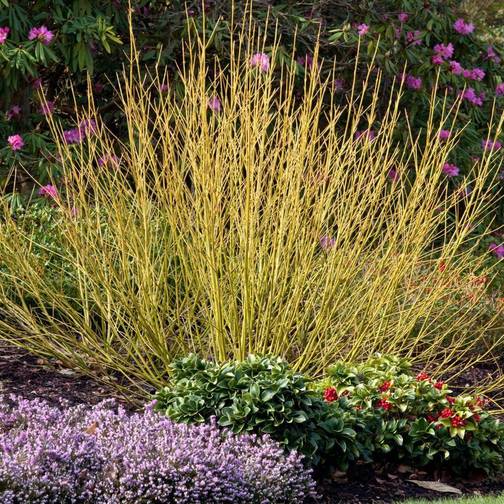
Hill Nurseries Yellow Twig Cornus Starter • Prices
Cornus Cericea Flaviramea (Yellow Twig Dogwood) $ 14.00 - $ 53.00. This unique shrub provides winter interest. Nope, this isn't a typo, we meant to say winter! Yes, this the variety has deep green leaves with white flowers in the summer which provides a beautiful leafy hedge in the summer. But, as it loses its leaves in the Fall, the true.

Cornus alba 'Bud's Yellow' European Yellowtwig Dogwood from Antheia Gardens
Description Yellow twig dogwood is a deciduous flowering shrub in the Cornaceae (dogwood) family. This rapid-growing, multi-stemmed cultivar of the red twig dogwood (Cornus sericea) has greenish-yellow stems and grows upright to a mature height of 5 to 6 feet.

Family Cornaceae; Genus Cornus; Species sericea 'Flaviramea'; Yellow
Cornus Sericea Flaviramea Yellow Twig Dogwood is a deciduous shrub with bright yellow stems on the younger growths. It has a pyramidal growth habit and is perfect for borders, hedges, and privacy screens. Flaviramea Yellow Twig Dogwood showcases green foliage and can grow up to 6-8 feet tall. The shrub bears clusters of white springtime.
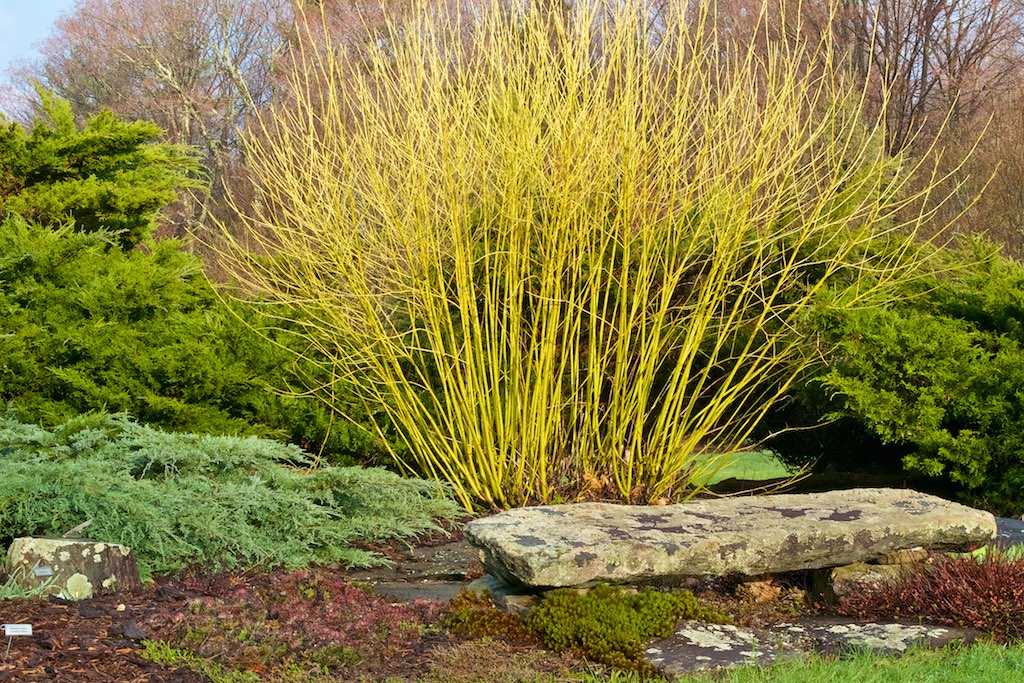
Yellow Twig Dogwood (Cornus sericea ‘Flaviramea’) Yellow T… Flickr
Description The dogwood cultivar known as Silver and Gold is a yellow-twig variant that is primarily grown for its bold variegated foliage and its yellow winter stems. Morphology: This deciduous shrub grows to 5'-7' in height and 6' to 8' in width.
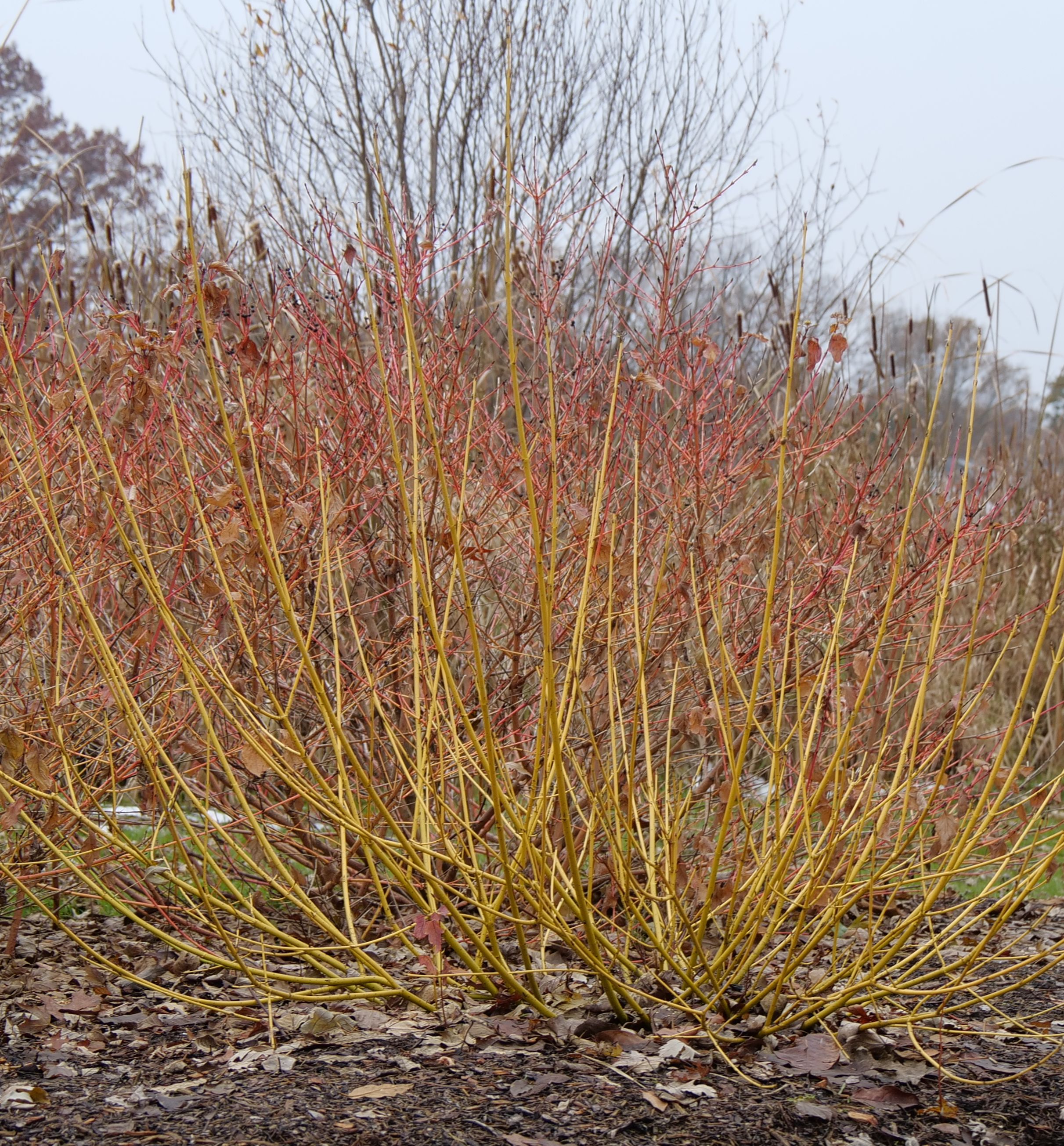
Arctic Fire Yellow Twig Dogwood Natorp's Online Plant Store
Features and Characteristics. Cornus sericea, commonly known as red twig dogwood or red osier dogwood, is an upright-spreading, suckering shrub that typically grows in the absence of pruning to 6-9' tall with a slightly larger spread.With the exception of the lower midwest and deep South, this species is native to much of North America where it is typically found growing in wet swampy areas.

Arctic Fire® Yellow Cornus sericea Redtwig Dogwood Proven Winners
FeaturesYellow stems are a real standout in the autumn and winter landscape. Rich green leaves turn yellow in autumn. White flowers are followed by bluish-white fruit. Useful in small gardens where season long interest is needed. Beautiful when combined with evergreens in winter gardens.UsesProvides dramatic color and form to autumn and winter landscapes. Ideal for specimen, foundations, and.
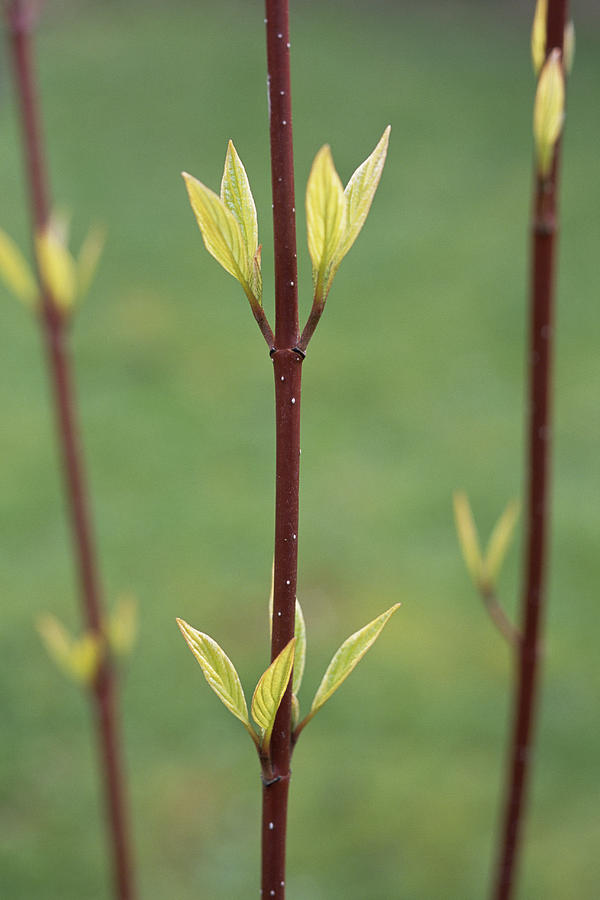
Yellow Twig Dogwood (cornus 'flaviramea') Photograph by Maxine Adcock
Tolerant of a very wide range of soil conditions and one of the best ornamental shrubs for shade, Arctic Sun dogwood is an easy choice for nearly effortless color. Top reasons to grow Arctic Sun dogwood: - unusual yellow, orange, and coral stems pop in the winter landscape. - easy to grow. - deer resistant and shade tolerant.
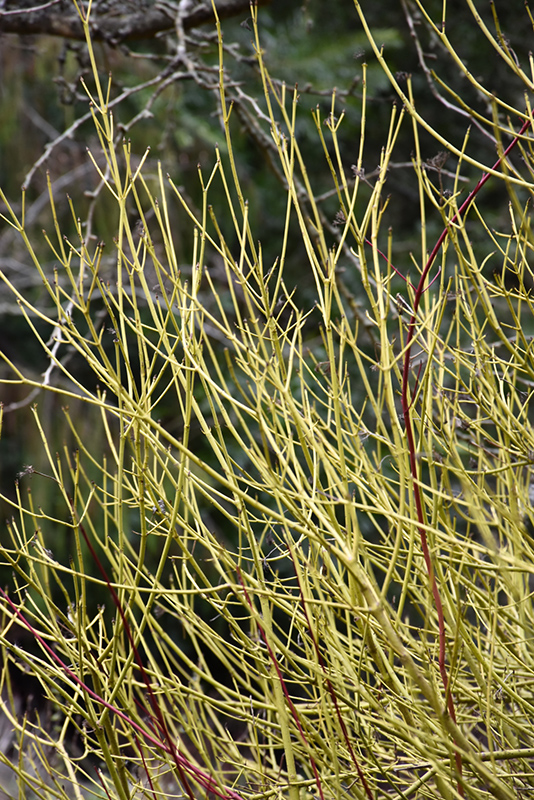
Yellow Twig Dogwood (Cornus sericea 'Flaviramea') in Boston Hopkinton
Cornus sericea ' Budd's Yellow', is a lovely addition to a garden for winter interest. A suckering shrub with an upright-spreading habit and yellow stems typically grows in the absence of pruning to 5-8 feet tall with a slightly larger spread. The best color appears in the younger stems.

Buy Cornus alba 'Bud’s Yellow' Yellow Twig Dogwood Mr Maple │ Buy
Yellow Twig Dogwood, also known as Cornus sericea 'Flaviramea', is a deciduous shrub that is commonly grown for its showy bright yellow or orange stems. It typically grows up to 6 feet tall with a spread of up to 8 feet. It prefers moist, well-drained soil but can tolerate dry conditions. This shrub is popular due to its attractive appearance.
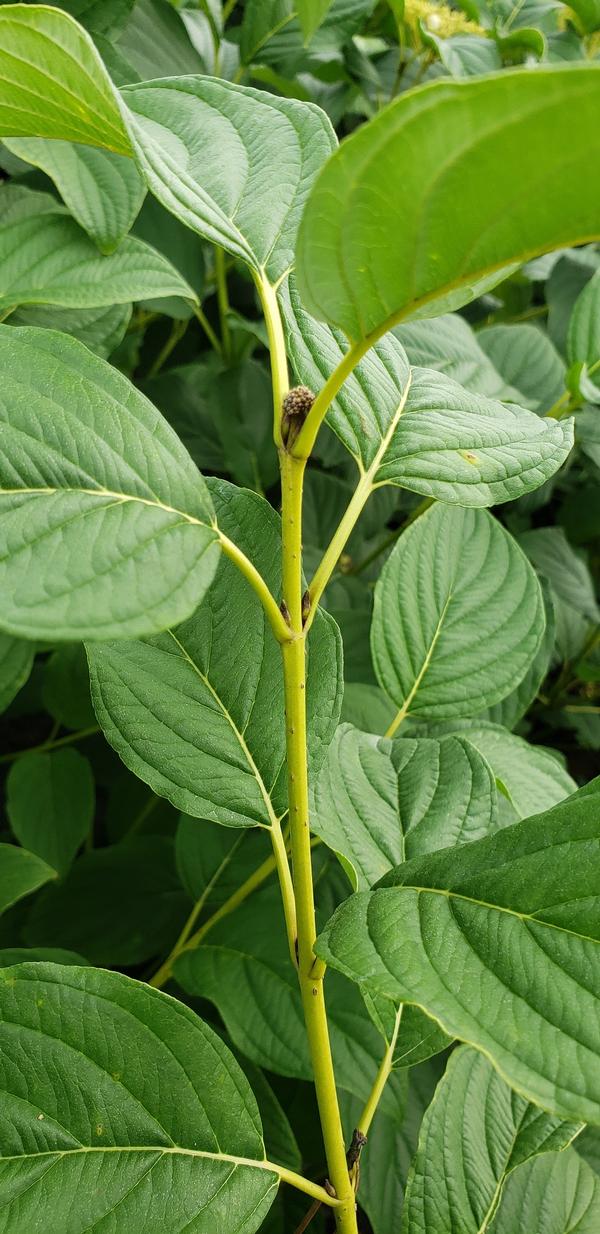
Budd's Yellow Twig Dogwood Cornus sericea Budd's Yellow from Taylor's
Dogwood trees and shrubs (Cornus spp.) include a large group of flowering plants within the genus Cornus.The 17 types of dogwood trees in this genus that are native to the United States also include some species that are best described as subshrubs—fast-growing woody plants that tend to die back in the winter to ground level and grow back from buds near the base of the plant.

Online Plant Guide Cornus sanguinea var. viridissima / Yellow Twig
Common Name: yellow twig dogwood Type: Deciduous shrub Family: Cornaceae Zone: 3 to 8 Height: 5.00 to 6.00 feet Spread: 5.00 to 6.00 feet Bloom Time: May to June Bloom Description: White Sun: Full sun to part shade Water: Medium to wet Maintenance: Medium Suggested Use: Hedge, Rain Garden Flower: Showy Leaf: Good Fall Attracts: Birds, Butterflies

Cornus sericea 'Flaviramea'Yellow Twig Dogwood DMF Gardens
Cornus sericea 'Budd's Yellow' Back to Previous Page More Images Common Name: yellowtwig dogwood Type: Deciduous shrub Family: Cornaceae Zone: 3 to 7 Height: 5.00 to 8.00 feet Spread: 5.00 to 8.00 feet Bloom Time: May to June Bloom Description: Yellowish-white Sun: Full sun to part shade Water: Medium to wet Maintenance: Low

The Complete Guide for Yellow Twig Dogwood (Cornus Sericea ‘Flaviramea
Dynamic Yellow Twig Dogwood (Cornus sericea 'Flaviramea') is a deciduous shrub with bright, ornamental twigs! Yellow Twig Dogwood features two-inch floral clusters, composed of tiny, white flowers. They appear mostly in spring, but you'll enjoy recurrent blooming on new wood into summer. Beneficial pollinators adore these easy sources of nectar.

Yellow Twig Dogwood
Pronunciation: KOR-nus ser-EE-se-a subsp. ser-EE-se-a Family: Cornaceae Genus: Cornus Synonyms: Cornus sericea 'Flaviramea' Type: Broadleaf Native to (or naturalized in) Oregon: No Broadleaf, deciduous shrub, 7-9 ft (2-3 m) high, greenish yellow stems in winter, otherwise similar to species. Sun.
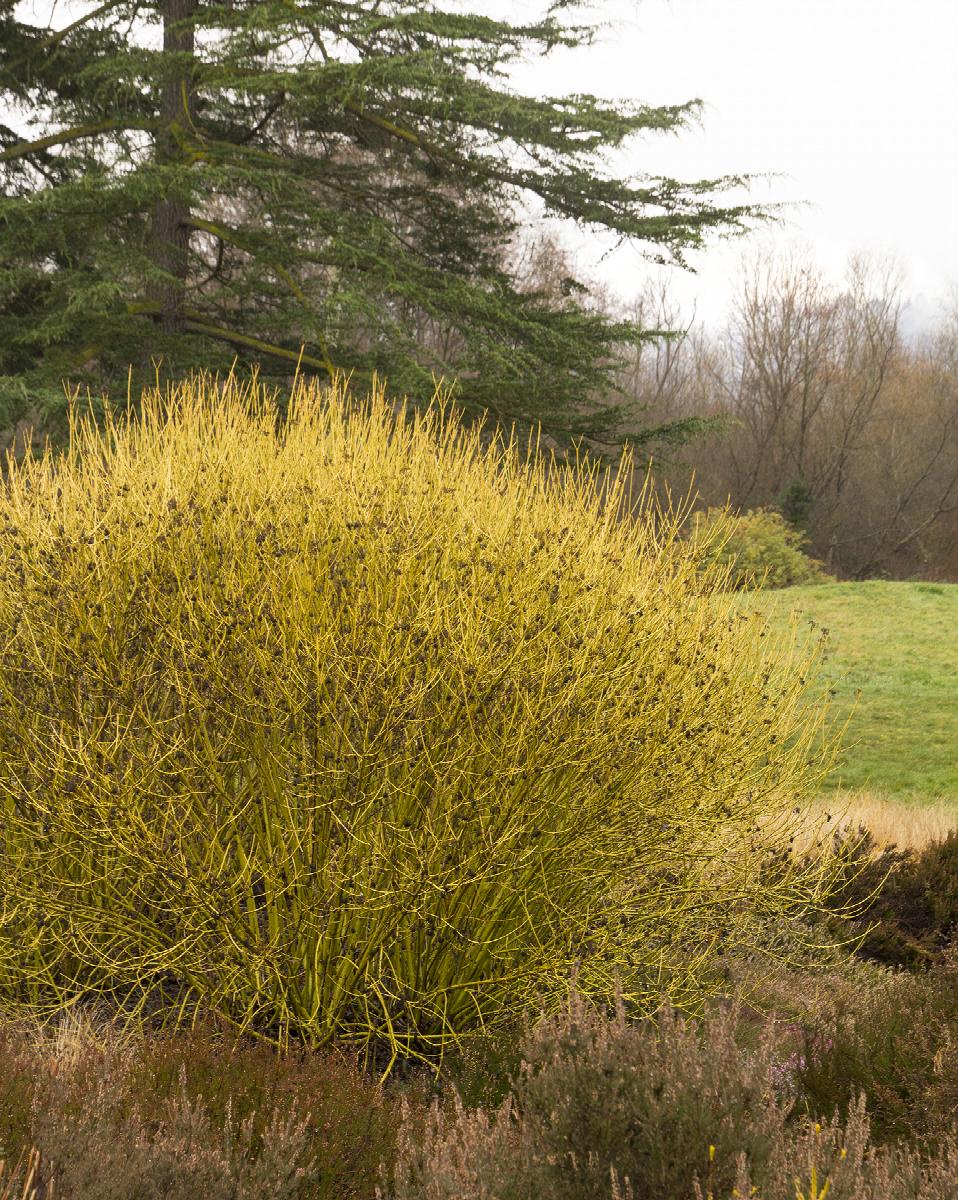
Yellow Twig Dogwood, Cornus sericea 'Flaviramea', Monrovia Plant
Landscaping Yellow-twig dogwood ( Cornus servicea 'Flamiramea'), a deciduous flowering shrub, is a named cultivar of the red-twig dogwood ( Cornus servicea ). While the species variety and other cultivars have red stems, 'Flamiramea' has yellow or greenish stems.

Cornus sericea 'Flaviramea' (Golden Twig Dogwood, Yellow Twig Dogwood
Cornus sericea ( Yellow Twig Dogwood ) Low growing, dense shrub with white flowers appearing in spring. Foliage turns red in fall with red twigs visible in winter. Great colors really light up the landscape. Use in large masses or in shrub border. Part shade to full sun produces best growth and stem color results.